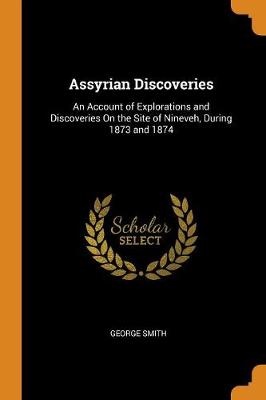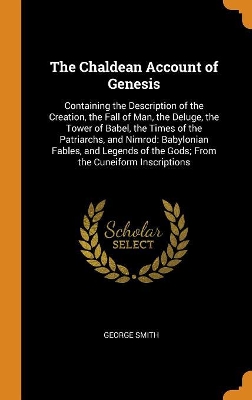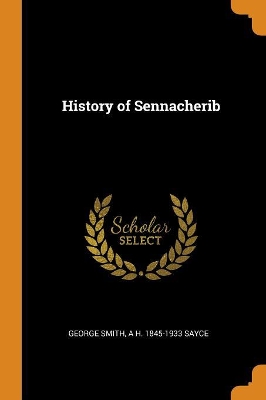Cambridge Library Collection - Archaeology
5 total works
The book was written to give in a permanent form some account of the excavations undertaken in 1873 and 1874 on the site of Nineveh, and the principle discoveries which have resulted from these operations.
George Smith's The Chaldean Account of Genesis (1876) is one of the most important contributions to the understanding of the development of Near Eastern myth cycles ever published. This volume delivered to a shocked Victorian audience the first reports of the Babylonian Flood legend, of the Epic of Gilgamesh (then known as Izdubar), and the uncanny parallels between the Hebrew Bible and the myths and legends of Babylon. This edition is an unabridged republication of the 1876 first edition of this important work, which highlights George Smith's astonishing scholarship and the amazing amount of information Smith was able to collect and publish in the first years after their discovery. It is astounding just how much Smith got right and just how fast so much became known about some of humanity's oldest literature.
The Assyriologist George Smith (1840-76) was trained originally as an engraver, but was enthralled by the discoveries of Layard and Rawlinson. He taught himself cuneiform script, and joined the British Museum as a 'repairer' of broken cuneiform tablets. Promotion followed, and after one of Smith's most significant discoveries among the material sent to the Museum - a Babylonian story of a great flood - he was sent to the Middle East, where he found more inscriptions which contained other parts of the epic tale of Gilgamesh. Before his early death in 1876, he had almost completed this work on the surviving cuneiform texts mentioning the famous Assyrian ruler Sennacherib: it was completed by A. H. Sayce and published in 1878. Each text or fragment is presented with a transliteration and translation, and notes by Smith put the material into context. Other works by Smith and Sayce are also reissued in this series.
The Assyriologist George Smith (1840–76) was trained originally as an engraver, but was enthralled by the discoveries of Layard and Rawlinson. He taught himself cuneiform script, and joined the British Museum as a 'repairer' of broken cuneiform tablets. Promotion followed, and after one of Smith's most significant discoveries among the material sent to the Museum - a Babylonian story of a great flood - he was sent to the Middle East, where he found more inscriptions which contained other parts of the epic tale of Gilgamesh. Before his early death in 1876, he was writing a history of Babylonia for the 'Ancient History from the Monuments' series. Prepared for press by A. H. Sayce, it was published in 1877. Smith traces the story of the Babylonian empire from mythical times ('before the deluge') to its conquest by Persia in the sixth century BCE. Several other books by Smith are also reissued in this series.
The Assyriologist George Smith (1840–76) was trained originally as an engraver, but was enthralled by the discoveries of Layard and Rawlinson. He taught himself cuneiform script, and joined the British Museum as a 'repairer' of broken cuneiform tablets. Promotion followed, and after one of Smith's most significant discoveries among the material sent to the Museum - a Babylonian story of a great flood - he was sent to the Middle East, where he found more inscriptions which contained other parts of the epic tale of Gilgamesh. In 1875, he published a history of Assyria for the 'Ancient History from the Monuments' series. Using biblical accounts as well as the Akkadian documents in clay and stone then being excavated in the area, Smith traces the history of the Assyrian empire from its origins until the fall of Nineveh in 612 BCE. Several other books by Smith are also reissued in this series.



